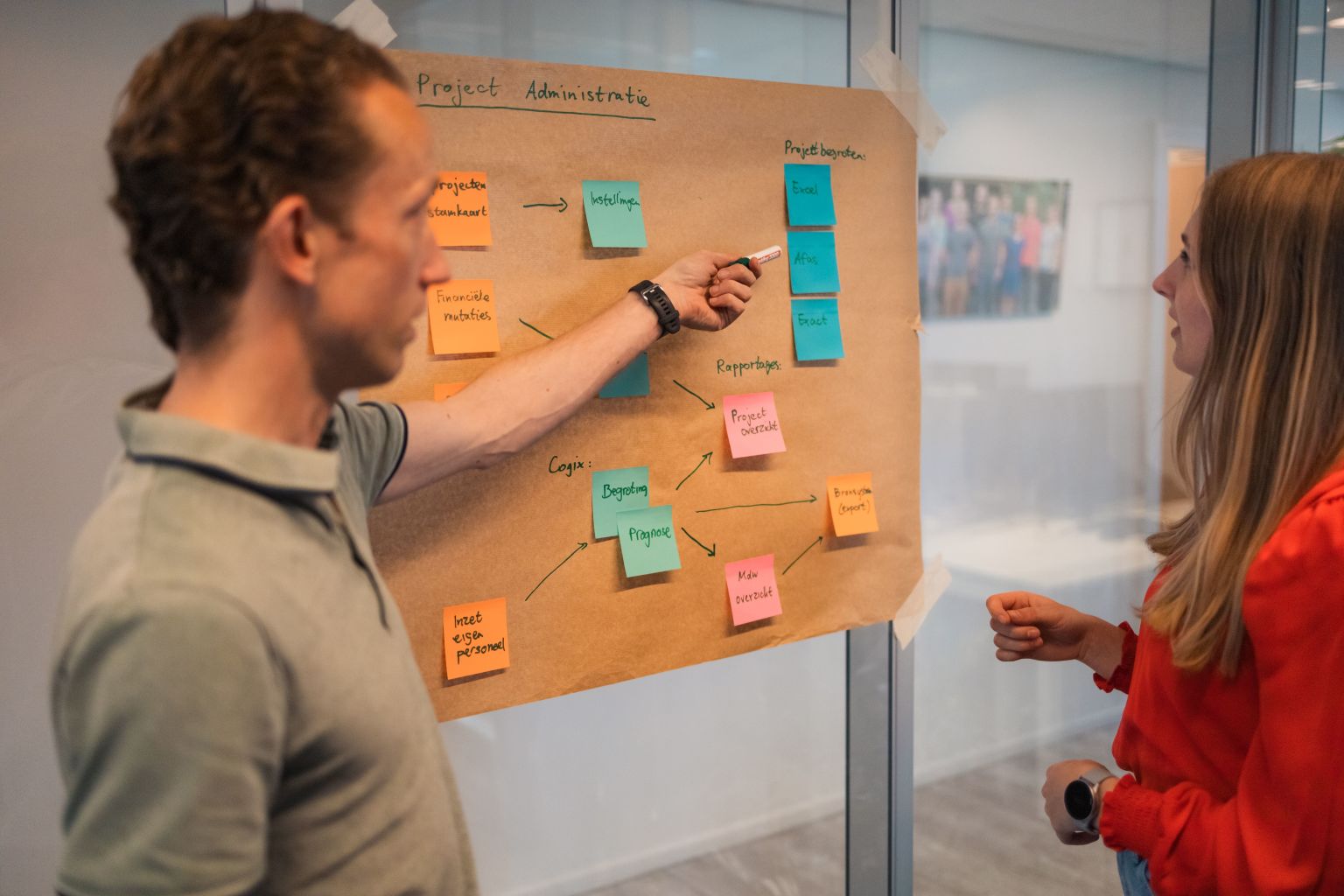
A commercial mindset: How can multi-academy trusts maximise their income generation?
While facing higher expectations from stakeholders, academy trust leaders also find themselves dealing with higher utilities, transport and support costs. It's a unique situation - and a challenging one, too. With income generation becoming increasingly important to academy trust budgets, here are some key talking points to consider during strategic discussions.
Leaders of multi academy trusts have an increasing number of tough calls to make. While it’s true that difficult decision-making is part of job, the dynamic challenges facing the education sector today make the responsibility a unique one. Academy trusts are being asked to deliver more value while also absorbing higher utilities, transport and support costs. At the same time, stakeholders are now expecting more financial transparency and stronger reserves.
In this environment, income generation is no longer a nice to have. Instead, it needs to be a defined element of a trust’s financial strategy – one that helps deliver on promises of quality education and financial sustainability. The task is to grow non-grant income in ways that are compliant, repeatable and low friction for schools. When trusts treat this as core business, they create headroom for investment, reduce reliance on short-term fixes and ultimately are able to build a more resilient financial model.
Here, we focus on four effective strategies that many trusts can adopt and build into the budget cycle.
1. Adopt a business-oriented mindset for your sites
Sports halls, 3G pitches, theatres, classrooms, car parks and studios are commercial assets for evenings, weekends and holidays. Start with a trust-wide lettings audit that maps capacity, local demand and competitor pricing, then set a simple utilisation target for each site. Centralise policies, booking and payment so you reduce admin, and present a consistent customer experience across the trust.
Think yield, not just occupancy, and publish clear pricing and availability. You can also make bookings self-serve if you can stretch your budget to a platform like Bookteq.
For budgeting, you can phase lettings income by month to reflect seasonality, then track key KPIs in management accounts – things like hours sold, average price per hour and contribution after direct costs. Small improvements across all three can compound quickly.
2. Deliver services that families really value
As a trust, you want to build your budget – but you also want to retain a community-focused outlook. Finding out what people really want from their local services can help you shape what your services look like. Quick surveys and historic attendance data can be used for insight before you worry about staffing. Popular options for academy trusts include breakfast and after-school clubs, holiday camps, music tuition and targeted sport.
3. Professionalise your partnerships and use a trading subsidiary where needed
Local employers and community organisations often want to sponsor activities that deliver clear and positive outcomes. With this in mind, you can package offers at trust-level, so partners buy once and see impact across multiple schools. This doesn’t have to be rocket science. Try out bronze, silver and gold options with defined benefits, clear reporting points and a named central contact.
Make sure you diarise renewals in good time – say three months before expiry as a rule of thumb – and treat renewal rate as one of your core KPIs. In doing so, you’re shifting from ad hoc donations to dependable recurring income.
4. Monetise your expertise beyond the trust
Don’t underestimate the strengths within your trust that others will pay to access. Typical examples include subject-specific CPD, safeguarding training, behaviour frameworks, assessment resources and ECT mentoring. If you’re unsure whether this will land, then start small with a pilot; try and capture evidence of impact by speaking to attendees and gathering feedback, and then publish a simple rate card.
It's also worth deciding whether delivery is on site, remote or a blend – and this is something that will be defined both by your staffing capacity and the needs of attendees. Where possible, create a back catalogue of your less time-sensitive assets, such as resource packs or recorded masterclasses, in a digital library. This can create repeatable income with lower delivery overhead.
How can we help?
Trusts that treat commercial activity as part of core budgeting, not a side project, will end up reaping the benefits. Anago’s planning and forecasting platform gives MAT finance teams a single view of costs, income and phasing across schools and central services. You can set KPIs, model scenarios, and course-correct midyear, while keeping compliance and governance front of mind.

Charlie Cottrell
Marketing & Communications Consultant | Driving Strategic Budgeting & Planning Solutions For UK Education.
Curious what Anago can do for you?


Four key questions every MAT should be asking in term one
A new school year is a good time for multi-academy trusts to reflect on the year that was, and use those insights for future budget planning. Here are some important questions that should be asked.


From safety net to strategic tool: Why trust is the real barrier to leaving Excel behind
This blog explores the quiet role trust plays in financial planning systems and why building confidence, not just capability, is the key to moving forward.


MAT Budgeting in 2025: What changes are coming and how to prepare?
Budgeting is no longer just a back-office task. For MATs, it’s becoming the backbone of strategic leadership. With pressures building across the board, many trusts are feeling the strain.
In this blog, we explore how the landscape is changing in 2025 and what MATs can do to stay one step ahead.